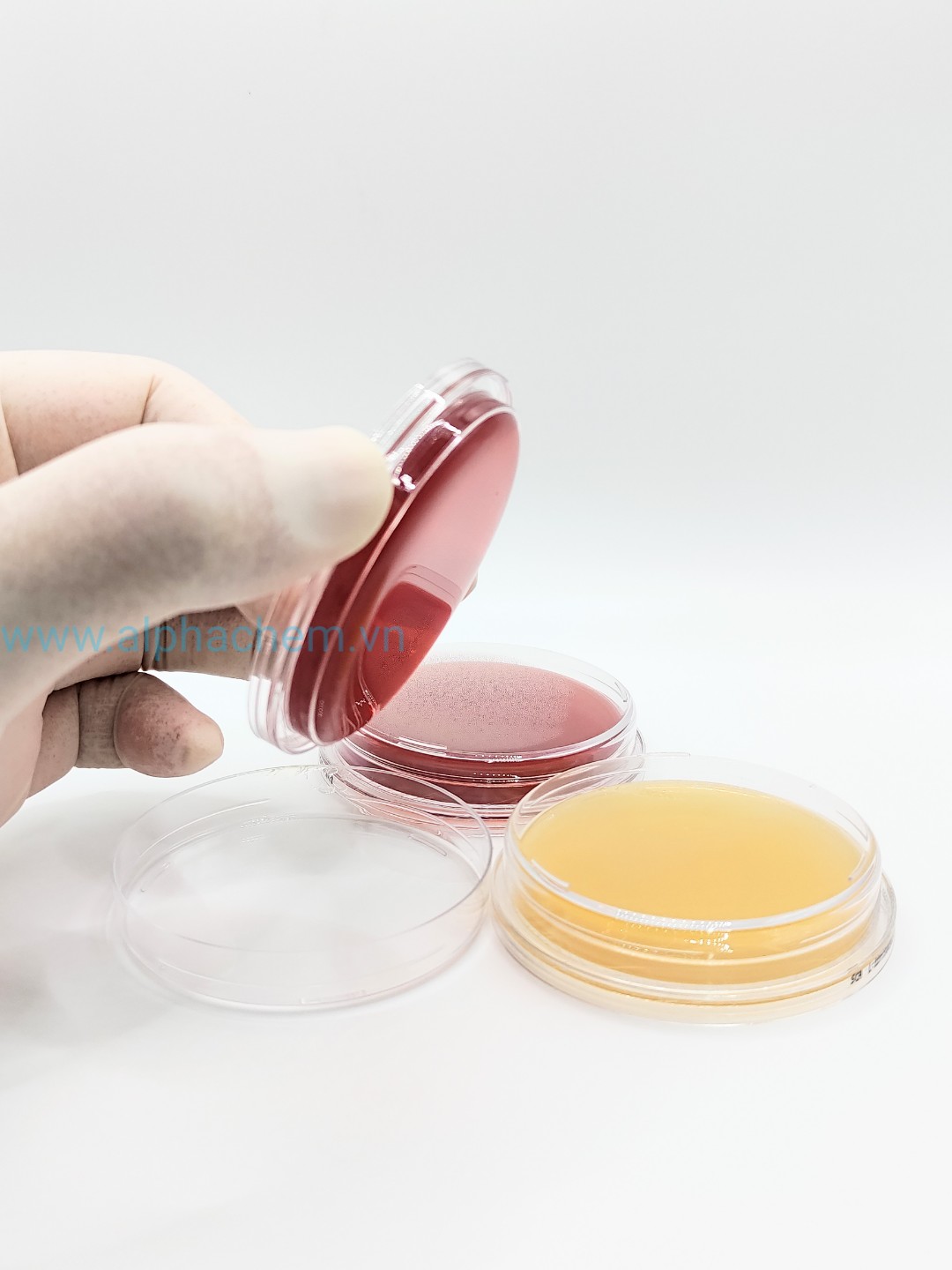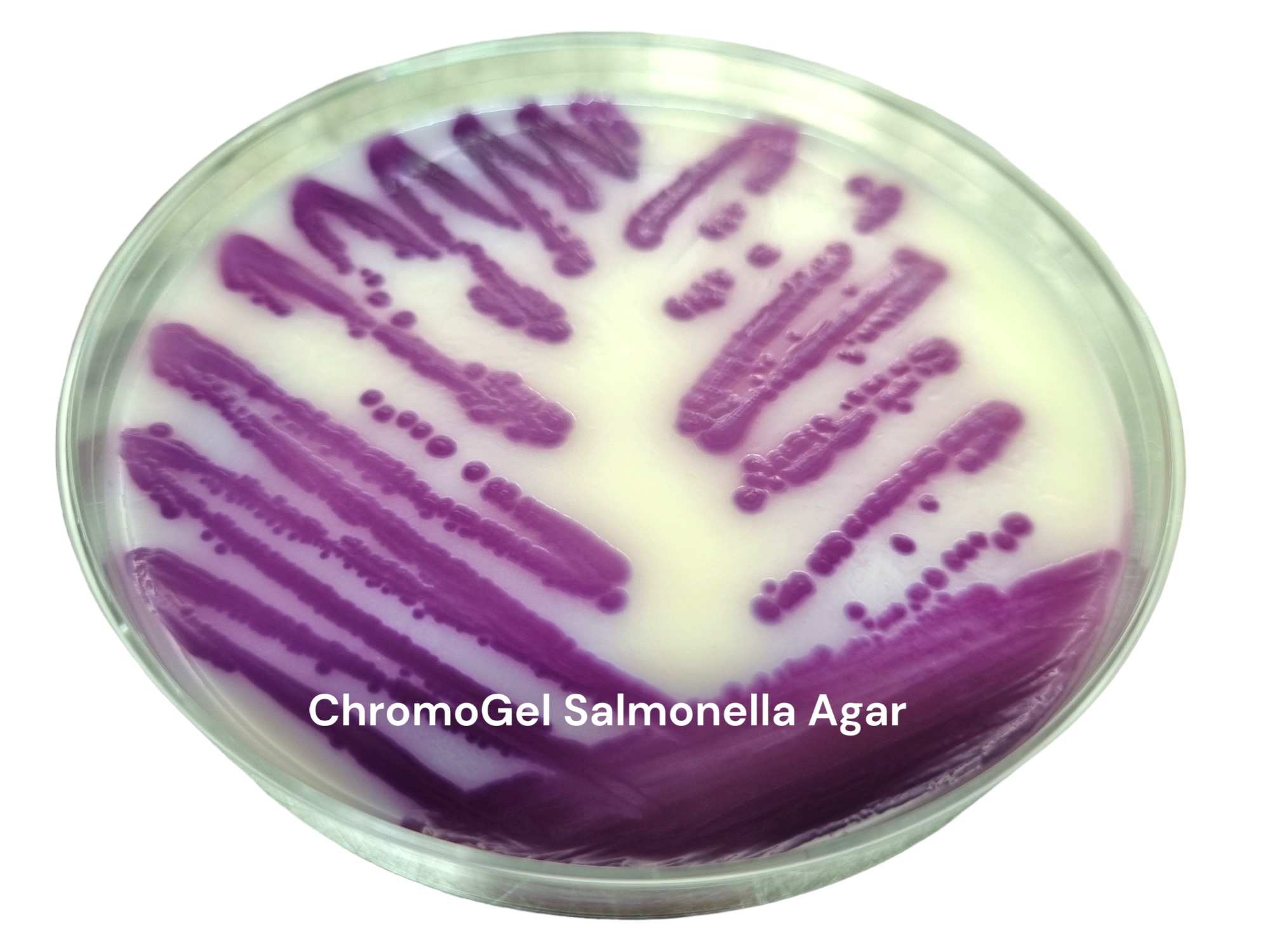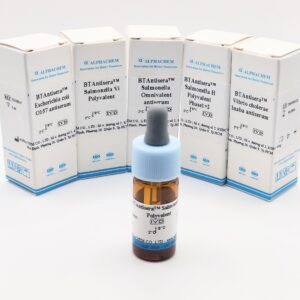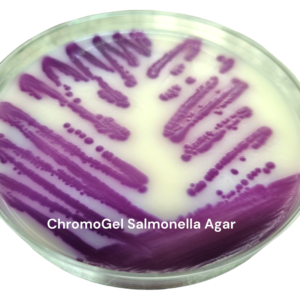BTAntiseraTM Escherichia coli antisera
Intended Use
Escherichia coli agglutinating sera are intended for use in agglutination tests for the presumptive identification of E. coli serotypes. Since antigenic components are shared through many Enterobacteriaceae it is important to confirm by biochemical tests that an organism is of the species E. coli when attempting serological identification.
Summary and Explanation
Differentiation within the species is made on serological grounds and strains recognized as causing disease fall into a restricted number of serotypes. They are distinguished on the basis of 2 classes of antigens O (Somatic) and K (Surface).
The K antigens possessed by most enteropathogenic strains of E. coli belong to the B sub group. They are found on the sheaths or capsules and are inactivated by heat treatment at 100oC for one hour. This treatment leaves the heat stable O antigens intact. Microgen sera contain both O and K antigens. They have been absorbed to remove cross reactions of other commonly occurring E. coli serotypes.
Principle
Liquid stable antisera for the determination of O antigens for the serological identification of pathogenic Escherichia coli. Serological tests are based on the fact that antibodies in serum, produced in response to exposure to bacterial antigens, will agglutinate with bacteria carrying homologous antigens.
Formulation
Antisera are prepared from rabbits hyper-immunised with standard strains of killed organisms possessing known serotypes or group specific antigens and contain <0.1% sodium azide as preservative.
Warnings and precautions
Observe approved biohazard precautions and aseptic techniques. To be used only by adequately trained and qualified laboratory personnel. Sterilise all biohazard waste before disposal. Sodium azide preservative may be toxic if ingested and may react with lead and copper plumbing to form highly explosive salts. Always dispose of by flushing to drain with plenty of water. Refer to Product Safety Data sheet.
Contents: See pack label
Stability and storage
Store unopened at 2-8°C until the expiry date shown on the pack label. Once opened, product should be stored at 2-8°C and may be used until the expiry date given on the label. On storage, some antisera may become slightly turbid. This does not necessarily indicate deterioration and the product may be clarified by centrifugation or filtration before use. If the product exhibits gross turbidity indicating contamination it should be discarded.
Do not freeze reagents
Materials required but not provided:
Standard microbiological supplies and equipment such as loops, applicator sticks, clean glass microscope slides or glass tubes, swabs, culture media, incinerator and incubator, etc., as well as reagents and additives such as sterile 0.85% saline solution.
Procedure
Slide agglutination of heat-treated organisms
- Prepare a dense suspension of organism to be tested by taking 3 to 5 1-2mm colonies of organisms from a fresh culture on Nutrient Agar or similar and placing in 3ml of 0.85% saline. The suspension should be heated to 100°C for 60 minutes or autoclaved at 121°C for 15 minutes and centrifuged at 900g for 20 minutes. The supernatant should then be removed and 0.5ml of 0.85% saline added to re-suspend the precipitate. Mix the suspension until homogeneous and use this as the antigenic suspension for O-antigen grouping.
- Place two loopfuls or drops (5-10μl) of antigenic suspension onto a carefully cleaned microscope slide. The slide may be partitioned using a chinagraph pencil.
- Place a drop of polyvalent antiserum onto one of the drops of emulsified isolate and on to the other a drop of saline as a control. Note: Do not allow the organism to contaminate the antiserum dropper bottle.
- Mix the reagents by tilting the slide back and forth for 60 seconds while viewing it under indirect light against a dark background.
- Distinct clumping or agglutination within this period, without clumping in the saline control (auto-agglutination), should be regarded as a positive result. Weak agglutination should be recorded as negative.
If E. coli O157 is suspected the following procedure may be used
- Take a slide as described in 2. Above
- Place one drop of typing serum onto the test area and one drop of saline onto the control area.
- Using a loop, place a drop of culture onto both the serum and saline.
- Mix the reagents by tilting the slide back and forth for 60 seconds while viewing it under indirect light against a dark background.
- Distinct clumping or agglutination within this period, without clumping in the saline control (auto-agglutination), should be regarded as a positive result. Weak agglutination should be recorded as negative.
- If positive further test with E. coli H7 antiserum as described below.
Interpretation of results
Isolates producing a distinct positive reaction with a polyvalent antiserum are assumed to be an E. coli bearing one or more of the O antigenic factors represented by that antiserum.
Further testing of the isolate should be conducted as described in steps 1-3, with monovalent antisera.
Limitations of use
Only cultures of organisms identified as E. coli by morphological and biochemical features should be serotyped with this product.
Selective Isolation media should not be used for culturing specimens for O agglutination testing as antigen production may be insufficient or autoagglutination may occur.
Only use heat-treated organisms in the test. This is done to allow identification of the O antigen type as distinct from the heat labile K antigen.
If O157 is suspected, the colonies can be tested directly as the typing serum does not contain K activity.
Polyvalent and monovalent antisera are intended for use in rapid slide agglutination tests only with the exception of H7.
The serotype of an E. coli strain is expressed as a combination of O group and H type antigens. H7 antigen determination may require the isolate to be passaged through a motility medium to stimulate flagella production. A suitable procedure is included in the insert for guidance.
O group antigens are not definitively identified by slide agglutination. Definitive identification requires comparison of agglutinin titre against a reference strain by quantitative agglutination. If more than one monovalent O group antiserum is positive the strain should be confirmed by qualitative agglutination testing.







Đánh giá
Chưa có đánh giá nào.